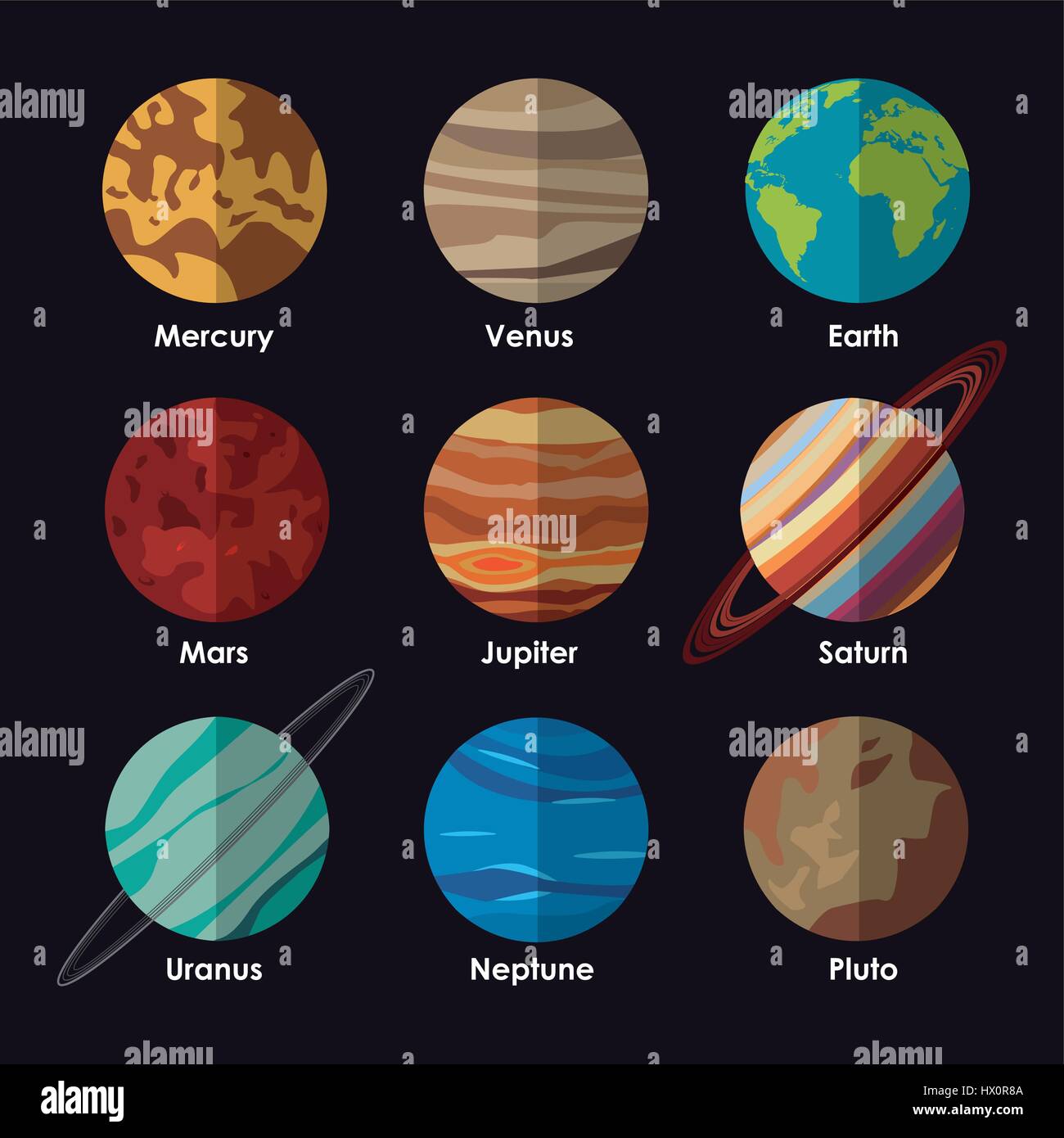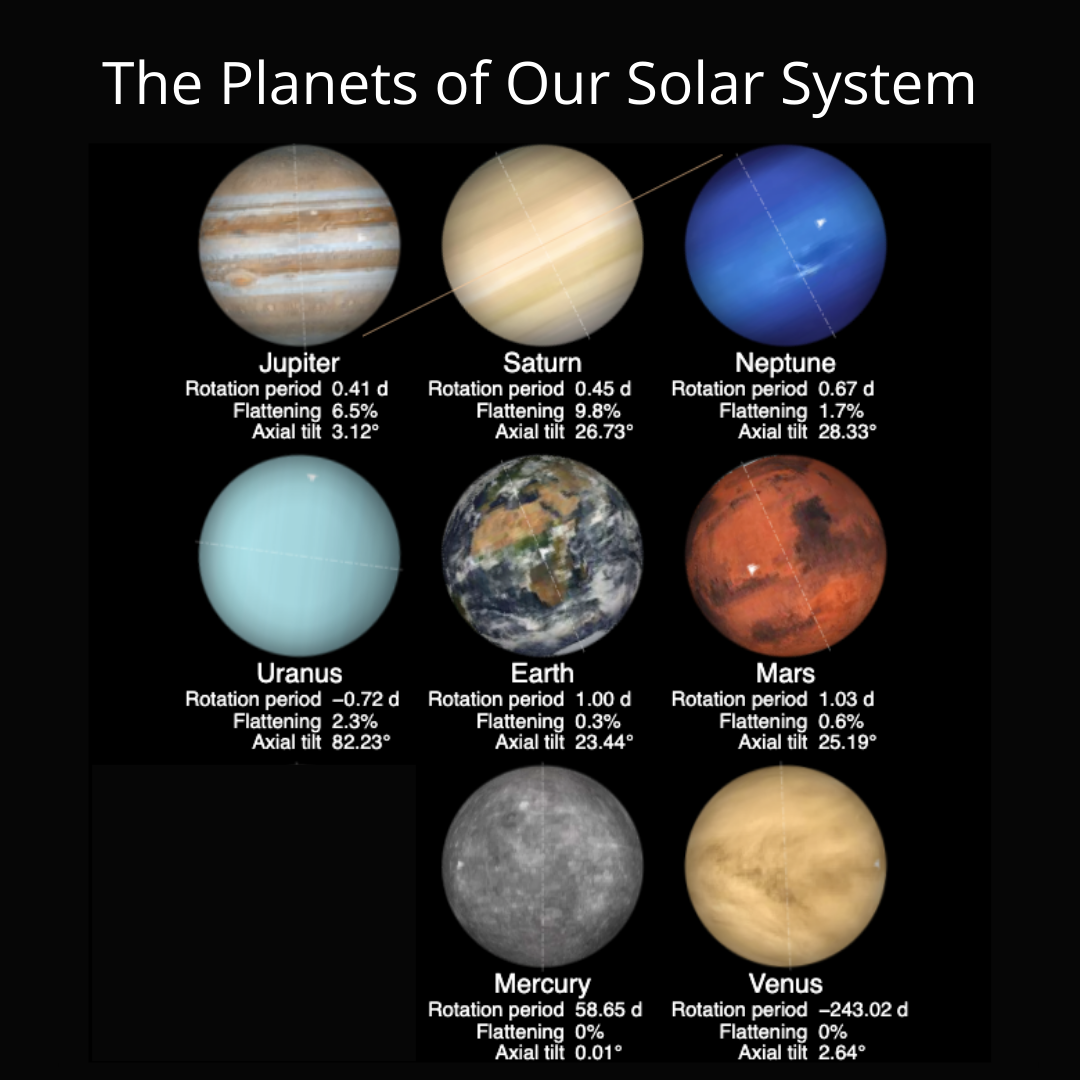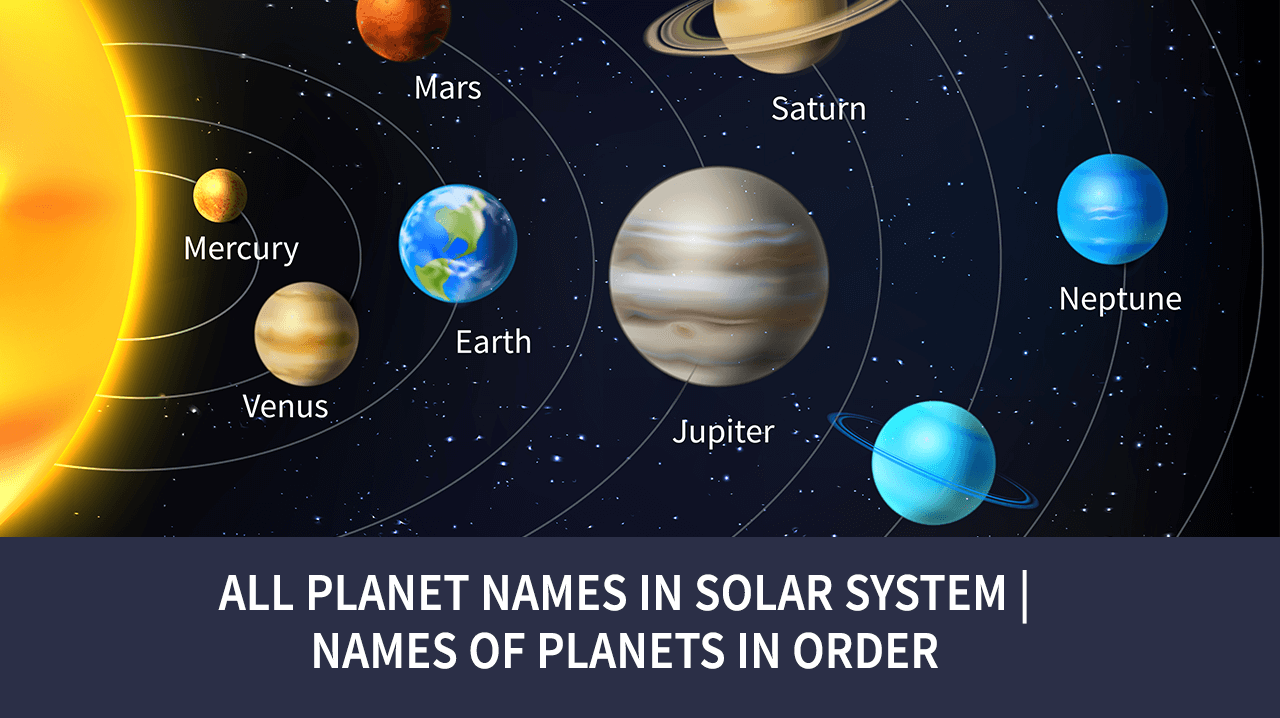Observing The Grand Planet Alignment- A Celestial Spectacle
For those who enjoy looking up at the night sky, something quite special is on the horizon, a gathering of our solar system's own wanderers. It's an event that has captured the imagination of people for a very long time, offering a chance to witness multiple planets lining up in a way that feels almost like a grand cosmic dance. This particular happening, often called a planet parade, is about to give us a wonderful show, where several of our neighboring worlds will be visible all at once, creating a truly memorable sight for anyone who takes a moment to observe.
This kind of celestial grouping, where planets seem to come together in the sky, happens because of how their paths around the sun line up from our point of view here on Earth. It's not that they are physically touching or anything like that; rather, it's a visual trick caused by their orbits. So, when you hear about a "planet alignment," it's really about their apparent positions in our sky, making them seem close together, which is that pretty cool, isn't it?
Outer space watchers, in particular, have been looking forward to these moments for weeks, getting ready to experience these rare groupings. The anticipation builds as the time gets closer, knowing that soon, the night sky will put on a display that doesn't come around every day. It's a chance, you know, to feel a deeper connection to the vastness beyond our world, just by stepping outside and looking up.
Table of Contents
- What is a Planet Alignment Anyway?
- When Can We Expect to See a Planet Alignment?
- How Do We Spot These Celestial Groupings?
- Why Does This Planet Alignment Matter to Us?
- Are All Planet Alignments the Same?
- What Makes a Planet Alignment So Special?
- Looking Ahead to Future Planet Alignment Events
- A Brief Look at the Historical Perception of Planet Alignment
What is a Planet Alignment Anyway?
You might hear the term "planet alignment" and wonder what it really means for those of us down here on Earth. Well, it's not like the planets are actually forming a perfectly straight line, like beads on a string, out in space. That would be, like, incredibly rare, almost impossible given their different orbits and speeds. Instead, when we talk about an alignment, we're talking about a visual effect. It's when several planets appear to be gathered together in a particular section of our night sky, from our perspective, of course. This happens because their individual paths around the sun cause them to line up in a way that makes them all visible in a similar direction at the same time. It's a sort of cosmic coincidence, in a way, that gives us a wonderful show.
Understanding the Celestial Dance of Planet Alignment
The planets, you know, are always moving, each on its own path around the sun. They travel at different speeds and at varying distances from our star. So, every now and then, their positions in their individual orbits will line up just right so that when we look out from Earth, several of them seem to occupy the same general area of the sky. This apparent gathering is what people refer to as a "planet parade." It’s basically a moment when these celestial bodies, which are usually spread out across the sky, appear to come together for a brief, spectacular display. It's really quite a sight to behold, honestly, when you consider the vast distances involved and the precision of their movements.
When Can We Expect to See a Planet Alignment?
There have been a few special times recently, and some coming up, when we've had or will have the chance to see several planets gather in the sky. For instance, there was a morning event where six planets—Mercury, Jupiter, Venus, Uranus, Neptune, and Saturn—were said to line up in the sky, about an hour before the sun came up. It's a bit of an early start for stargazers, but the reward is seeing so many of our solar system neighbors at once. Four of them, specifically Mercury, Jupiter, and Venus, were particularly easy to spot then, which is pretty cool for casual observers. These moments are, you know, really fleeting, so catching them means being ready at the right time.
Upcoming Dates for Planet Alignment Viewings
Looking ahead, there are some exciting dates for those who enjoy watching the sky. Seven planets are scheduled to align in the night sky and were visible on a Friday, specifically February 28th, which was a very special occasion for many. This particular alignment, which people also call a "planet parade," happens because of the way the planets' paths around the sun cause them to appear in a line from our view. For weeks, people who really love outer space had been getting ready for this planetary alignment, or planetary parade, which was expected to finish up on a Friday evening, just after the sun had gone down. It's almost like a scheduled performance by the cosmos, really.
Sky watchers were going to be treated to a truly rare alignment of seven planets on February 28th, when Mercury was set to join six other planets that were already visible in the night sky. This kind of event doesn't happen every day, so it's a big deal for those who follow these things. And in January 2025, Venus, Mars, Jupiter, Saturn, Uranus, and Neptune were all going to be visible in the night sky, which is quite a collection. Then, in February 2025, Mercury will join the fun, meaning all seven of our planetary neighbors will be there for us to see. It’s a pretty exciting prospect, don't you think?
How Do We Spot These Celestial Groupings?
Catching a glimpse of a planet alignment usually requires a little bit of planning and knowing where to look. The best viewing times often depend on whether the alignment happens in the morning or evening. For example, the best time to see January's planetary parade was about 90 minutes after the sun had set. The key is to find a spot that is as dark and clear as you possibly can. This means getting away from city lights if you can, and finding an open area where buildings or trees don't block your view of the horizon. It's really about giving yourself the best possible chance to see the show, you know?
Tips for Viewing a Planet Alignment
To get an even better look at these planetary groupings, you might want to consider using some simple tools. Binoculars can make a big difference, helping to bring the planets into clearer view and sometimes even revealing a bit more detail, like the moons of Jupiter, which is pretty neat. A telescope, of course, would offer an even more magnified and detailed view, allowing you to see the planets up close, almost as if you were right there with them. Remember, patience is key, and finding that perfect dark spot makes all the difference. Sometimes, just a little bit of effort can lead to an amazing experience.
Why Does This Planet Alignment Matter to Us?
You might wonder why these planetary gatherings are such a big deal. What does it truly mean, astronomically speaking, when these distant worlds line up in our sky? Well, for astronomers, it's a chance to study the orbital mechanics of our solar system, confirming our models of how these celestial bodies move. It’s a bit like watching a very precise clock, in a way, where all the gears are turning exactly as predicted. For the rest of us, it's a reminder of the vast, ordered universe we live in, and it gives us a chance to connect with something much bigger than ourselves. It really makes you think, doesn't it?
The Enduring Fascination with Planet Alignment
For hundreds of years, the sight of multiple planets appearing close together in the night sky has really stirred up human imagination. It has given rise to countless stories, ancient beliefs, and predictions across different cultures. People have always looked up and tried to make sense of what they saw, attributing special meaning to these celestial events. While modern science helps us understand the actual mechanics behind these alignments, the sense of wonder and the feeling of connection to something grand and mysterious still remains. It's almost as if these events tap into a very old part of our human experience, prompting us to look beyond our everyday lives.
Are All Planet Alignments the Same?
When we talk about planets lining up, it's important to know that not all these events are exactly alike. There are different kinds of alignments, depending on how many planets are involved and how closely they appear to gather. Sometimes, it might be just three or four planets that seem to be close together in a small section of the sky. Other times, like the one expected in February 2025, it's a much grander show, with seven planets joining Earth in our solar system, all visible at once. These larger groupings are often called an "extraordinary pattern" or a "great planetary" alignment, because of their rarity and the sheer number of worlds involved. So, you know, each alignment has its own unique character, which is pretty interesting.
What Makes a Planet Alignment So Special?
The specialness of a planet alignment really comes from its visual impact and its relative infrequency. It's not something you get to see every night, or even every year, especially when many planets are involved. The fact that these massive, distant worlds, each traveling on its own distinct path, occasionally come into a position where they appear to group together from our vantage point is quite remarkable. It's a reminder of the dynamic nature of our solar system, and how all its parts are constantly in motion. Seeing several bright points of light, knowing each one is a whole planet, gathered together in the dark expanse above us, is a truly humbling and beautiful experience. It just really puts things into perspective, doesn't it?
Looking Ahead to Future Planet Alignment Events
The sky is always moving, and with it, the planets continue their endless journeys. We've already touched on some exciting upcoming dates, like the alignments expected in January and February of 2025. In January 2025, for instance, Venus, Mars, Jupiter, Saturn, Uranus, and Neptune were all visible in the night sky, creating a wonderful display for those who looked up. And then, in February of that same year, Mercury will join the fun, meaning all seven of our planetary neighbors will be putting on a show. Seven planets in our solar system—Mercury, Venus, Mars, Jupiter, Saturn, Uranus, and Neptune—are set to line up in the night sky on a Friday (February 28th), in what is described as an incredibly rare planetary parade. These are moments to mark on your calendar, so you don't miss out on these unique opportunities to see our cosmic neighborhood putting on a performance.
The anticipation for these events is quite palpable among those who follow the movements of the sky. Knowing that in February 2025, the seven planets that share our solar system with Earth will be visible all at once, arranged in an extraordinary pattern often called a “great planetary” alignment, is truly something to look forward to. It’s almost like a cosmic appointment, a chance to witness something that doesn't happen very often. Preparing for these viewing opportunities, perhaps by finding a good spot or getting your binoculars ready, can add to the excitement and make the experience even more rewarding. It's just a little bit of effort for a potentially unforgettable view.
A Brief Look at the Historical Perception of Planet Alignment
For centuries, the sight of multiple planets appearing close together in the night sky has been a source of deep thought and wonder for people across the globe. Before we had modern scientific tools and detailed understandings of orbits, these celestial gatherings were often seen as signs or portents. They fueled many myths, created numerous legends, and inspired various prophecies in different cultures throughout history. People would look up and try to find meaning in these unusual arrangements, believing they held messages about future events or the will of higher powers. It’s really quite fascinating to consider how humanity has always looked to the stars for answers, isn't it?
Even though we now understand the astronomical reasons behind why these alignments happen, the human fascination with them has not really faded. The idea that these distant worlds, each so vast and mysterious, can appear to gather together in our sky still holds a special kind of magic. It's a connection to a very old human tradition of observing the heavens and finding a sense of awe in its patterns. So, while we know what it truly means from a scientific point of view, the feeling of wonder that comes with seeing a planet alignment is, well, timeless. It continues to inspire us to look up and appreciate the incredible universe we are a part of.
- Kirsten Dunst
- Bianca Censori Grammys
- Jennifer Lawrence
- John Edward Thomas Moynahan
- Karla Sofía Gascón

planets solar system with names Stock Vector Image & Art - Alamy

Understanding the Planets in Our Solar System | Sci Fi Blog

Names Of Planets In Solar System | Planets Name in English